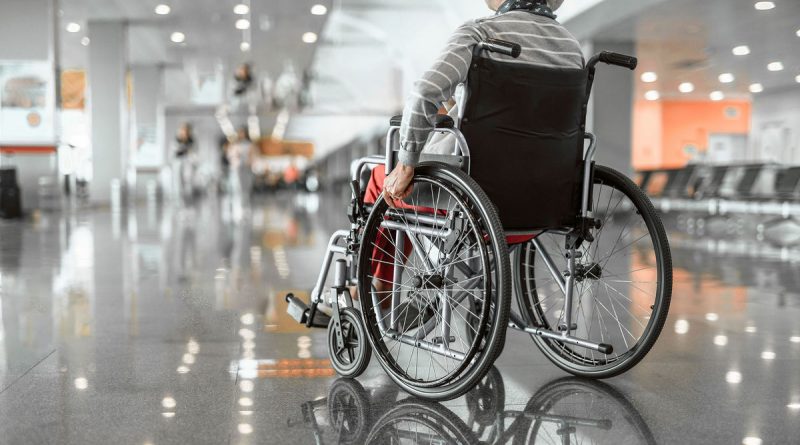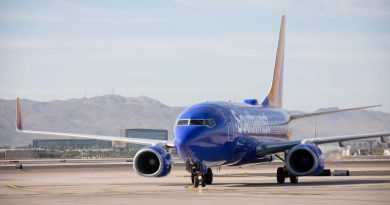Wheelchair assistance falls short of flyers' expectations: Travel Weekly
Under federal requirements, flyers who need wheelchair assistance are entitled to “prompt and timely” assistance.
Disability advocates, however, contend that wheelchair assistance often isn’t prompt.
In a survey conducted last fall by the advocacy group Paralyzed Veterans of America, 66% of the 714 respondents said they typically have to wait more than 15 minutes for wheelchair assistance from their arrival gate.
The process of moving flyers who need wheelchair assistance from an aircraft to a gate and then on to their next destination is actually a two-step process for many travelers. First, airline agents transfer wheelchair users from the plane to their own chair at the gate. From there, it is typically employees of a ground crew contractor who ferry passengers requiring assistance to their next gate or to baggage claim.
- Cover story: The state of accessible travel, Part 1
- Cover story: The state of accessible travel, Part 2
Michael Lewis, director of disability policy for the Muscular Dystrophy Association (MDA), said complaints about wheelchair service are among the concerns the association took to lawmakers during its Virtual Summit and Hill Day late last month. One MDA member, he said, relayed an incident in which she was made to wait so long for the transfer off the plane that pilots and the flight crew left her on the plane by herself.
John Morris, a triple amputee who is the founder of advocacy group WheelchairTravel.org, said he usually waits 20 minutes to an hour from when the aircraft door opens to when he is helped off the plane.
“The point of the Air Carrier Access Act (ACAA) is that all of these services should be prompt and things should happen as quickly as possible,” Morris said, referencing the governing federal legislation for air travel accessibility.
Concerns over accessibility have led to recent movement from the Biden administration. In July, the DOT published the Airline Passengers with Disabilities Bill of Rights, which provided an easy-to-reference summary of the ACAA.
Also this past summer, DOT secretary Pete Buttigieg pledged to work toward requiring airlines to allow passengers to stay in their personal wheelchairs when they fly.
Airlines have begun to respond to the pressure. On Oct. 18, the seven passenger airlines that are members of Airlines for America (A4A), among them American, Delta, Southwest and United, issued a letter committing to taking steps to improve air travel accessibility. The carriers said they would establish internal advisory groups to work directly with the disability community and pledged to improve passenger wheelchair transfers, among other things.
“We recognize the need for a specific commitment to remove barriers to safe, accessible air travel,” the carriers said.
Meanwhile, according to a 2021 Government Accountability Office report on airport accessibility, many stakeholders believe some passengers have unrealistic expectations of airlines and contractors.
“While current regulations provide that airlines must promptly provide or ensure the provision of requested assistance to passengers with disabilities, a passenger might expect service to be one that arrives immediately upon request or upon arrival at an airport,” the report states.
Staffing shortages are cited as an issue in the report. So are scheduling challenges, which are caused by between 10% to 40% of wheelchair requests being made upon arrival at the airport instead of at booking, as well as by demand surges and plunges throughout the course of the day.
Morris, though, said airlines and their contractors should have the experience to schedule staff properly.
“There is a lot of data that they have collected over many years,” he said.
Source: Read Full Article



